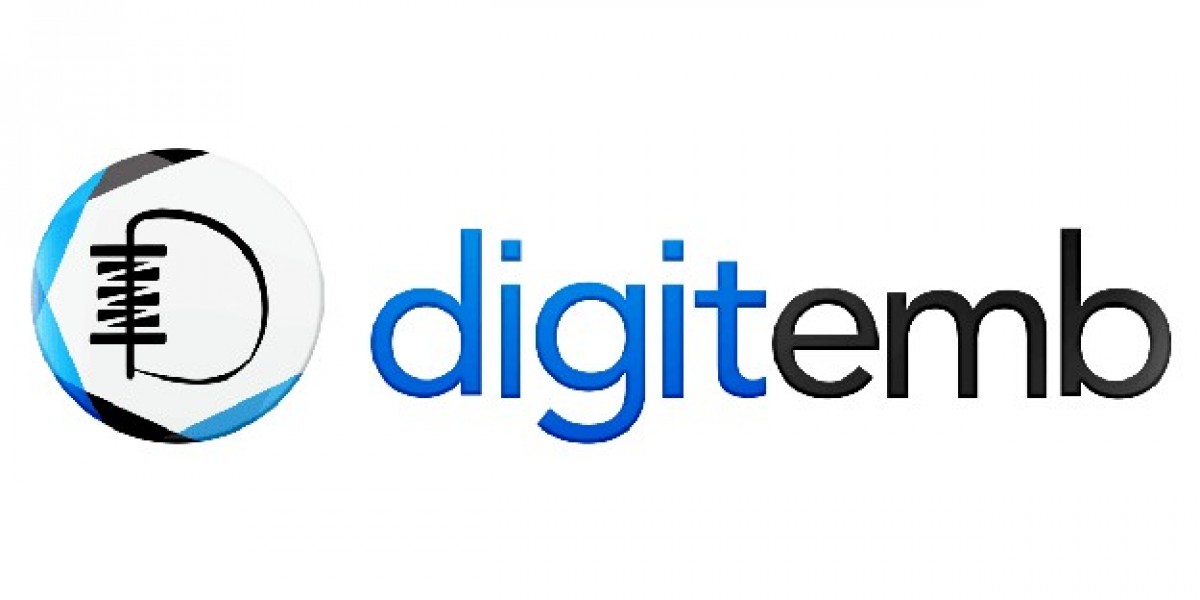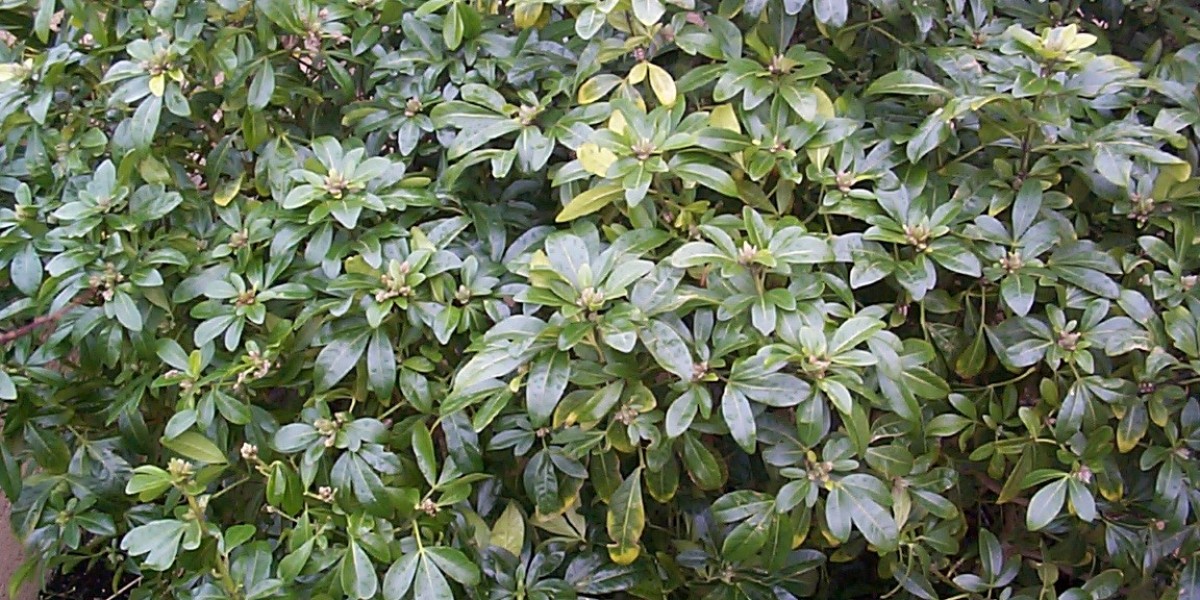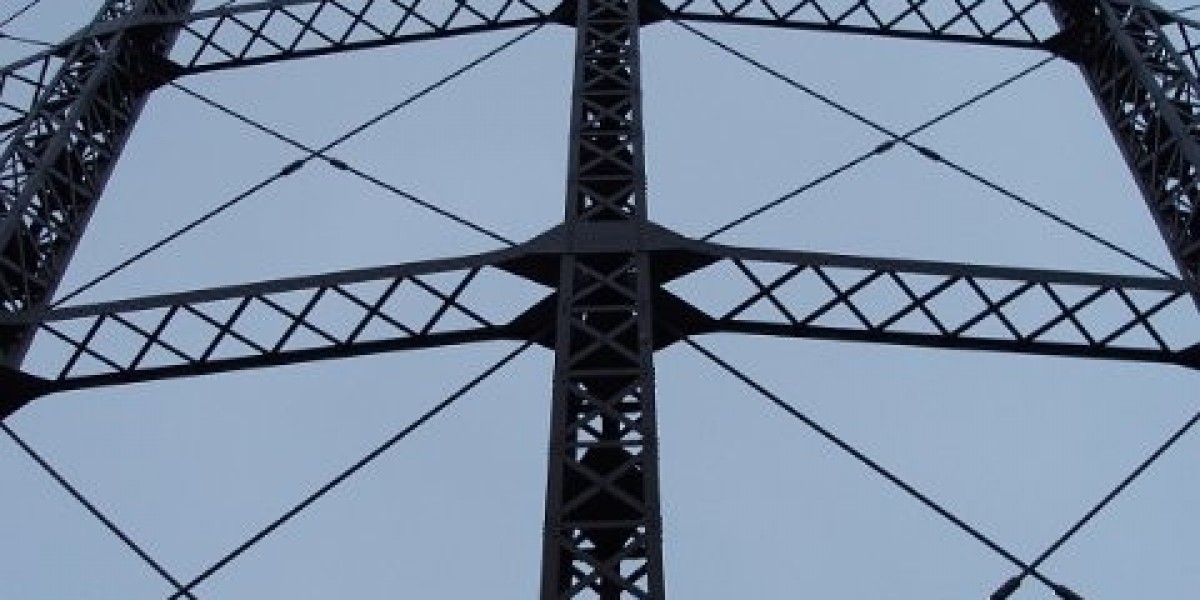In the world of custom apparel and decorative stitching, embroidery punching is one of the most important steps in achieving clean, accurate, and professional embroidery results. While embroidery machines handle the physical stitching, they rely entirely on the digital instructions created through punching. Without a well-punched file, even the most advanced embroidery machines cannot produce clean or durable embroidery. This is why embroidery punching sits at the heart of every professionally embroidered design.
What Is Embroidery Punching?
Embroidery punching is the technical process of converting artwork—such as a logo, emblem, or illustration—into a stitch file that an embroidery machine can read. Unlike standard image formats like JPG or PNG, embroidery machines require specific formats like DST, PES, EXP, and JEF. Punching defines how the design will be stitched, including stitch type, stitch direction, density, angles, thread sequence, and fabric compensation.
It is a blend of technical skill and artistic understanding. A professional puncher must anticipate how thread, needle, and fabric interact, and prepare the file so that the final embroidered result looks clean, smooth, and precise.
Why Embroidery Punching Is So Important
Many people believe embroidery quality depends solely on the machine, but the truth is that the machine only follows the instructions given to it. Those instructions come from the punching file. If punching is poor, the final embroidery will show issues like distortion, uneven lines, thread breaks, or fuzzy edges.
Proper embroidery punching ensures that:
The design retains its shape on any fabric.
Curves and details appear clean and readable.
Colors align properly without overlap.
The embroidery remains durable during washing and wear.
Stitch flow remains smooth and consistent across multiple garments.
For businesses, brands, and apparel decorators, excellent punching is the foundation of premium embroidery quality.
How the Embroidery Punching Process Works
Preparing the Artwork
The punching process begins with high-quality artwork. Vector files like AI, EPS, or SVG are ideal because they allow the puncher to clearly interpret shapes, curves, and proportions. Clean artwork means a cleaner punch file.
Selecting the Stitch Types
Different areas of a design require different stitch styles. Satin stitches are used for smooth edges and lettering. Fill stitches cover larger areas with texture and density. Running stitches enhance detail and outlines. Understanding where each stitch type is appropriate is a key part of punching.
Planning the Stitch Path
A major part of embroidery punching is planning the order and direction of stitching. The puncher determines how the needle moves from start to finish. Effective stitch paths reduce machine jumps, prevent unnecessary trimming, and ensure a smooth, efficient run.
Adjusting Stitch Density
Stitch density affects the appearance and feel of embroidery. Dense stitching can cause fabric to pucker or become stiff, while low density can result in gaps or incomplete areas. Punchers adjust density based on fabric thickness, artwork complexity, and thread type to ensure a balanced result.
Applying Underlay Stitching
Underlay is a hidden layer of stitches beneath the visible design. It stabilizes the fabric and prevents distortion. The right underlay ensures cleaner top stitches and helps maintain design shape, especially on stretchy garments.
Why Embroidery Punching Requires Skill
Punching is not an automated process. While software assists, human experience determines quality. A skilled puncher understands fabric behavior, thread pull, needle depth, and how small adjustments impact the final appearance. This is what separates average embroidery from professional-grade results.
Small text, gradients, tiny shapes, and curved logos all require advanced punching techniques. Achieving perfect clarity in such designs depends entirely on how well the punch file is prepared.
Where Embroidery Punching Is Used
Embroidery punching is used across many industries and product types, including corporate apparel, sports uniforms, custom patches, fashion garments, jackets, hats, military badges, school branding, and promotional merchandise. Every embroidered piece—whether decorative or functional—begins with punching.
Because embroidery is widely used for branding, consistency is crucial. A perfectly punched logo ensures that every garment looks identical, whether you’re stitching five pieces or five thousand.
About Tahseen Islam
Tahseen Islam is the Co-Founder and CEO of Digitemb, a leading name in embroidery digitizing and vector artwork services across the USA. With deep expertise in embroidery craftsmanship and digital stitch programming, he has helped thousands of brands achieve precise, high-quality embroidery results. Beyond his leadership role, Tahseen is also a respected podcaster, sharing valuable insights on entrepreneurship, creativity, branding, and digital innovation. His experience, vision, and commitment to excellence continue to shape Digitemb as one of the most trusted companies in the embroidery industry.
The Impact of Good Embroidery Punching
Professional embroidery punching improves production speed, reduces thread waste, prevents misalignment, and ensures a smooth embroidery run. It also guarantees durability. A well-punched design continues to look sharp even after repeated washing and heavy wear.
Poor punching, on the other hand, leads to crooked shapes, rough outlines, thread breaks, and inconsistent results. This not only hurts the finished product but also increases production time and costs.
Conclusion
Embroidery punching is the backbone of high-quality embroidery. It transforms artwork into a precise stitch map that guides the machine with accuracy and efficiency. When the punching is done well, embroidery becomes cleaner, stronger, and more visually appealing. Whether you're a business owner, a garment decorator, or a brand looking to elevate your products, investing in professional punching is essential for achieving exceptional embroidery results.








